Keeping your car clean goes beyond just maintaining its appearance. Regular cleaning helps protect your car’s paint, prevents damage, and ensures a pleasant driving experience. In this guide, I will share my expertise on car cleaning, providing you with essential tips and techniques to achieve a spotless vehicle.
From the importance of using high-quality cleaning products to maintaining a regular cleaning schedule, this article covers all aspects of car cleaning. Whether you’re a beginner or an experienced car enthusiast, you’ll find valuable information to help you transform your car into a gleaming masterpiece.
Read on to discover the best practices for exterior and interior car cleaning, car detailing techniques, and effective ways to maintain a clean car.
Car Cleaning Products: Why Quality Matters
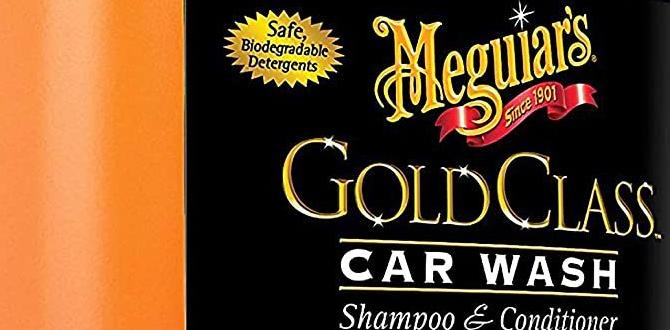
Importance of using high-quality cleaning products
When it comes to car cleaning, using high-quality products is crucial. Inferior cleaning products may contain harsh chemicals that can damage your car’s paint or leave streaks and residue.
Investing in premium car cleaning products ensures gentle yet effective cleaning. These products are specifically formulated to remove dirt, grime, and contaminants without harming your car’s surface.
Essential items for a car cleaning kit
A well-equipped car cleaning kit is essential for achieving professional results. Here are some must-have items:
- Car washing soap
- Microfiber wash mitt or sponge
- Bucket
- Wheel cleaner
- Tire shine
- Glass cleaner
- Interior cleaner
- Upholstery brush
- Vacuum cleaner
- Microfiber towels
Exterior Car Cleaning: Making Your Car Shine
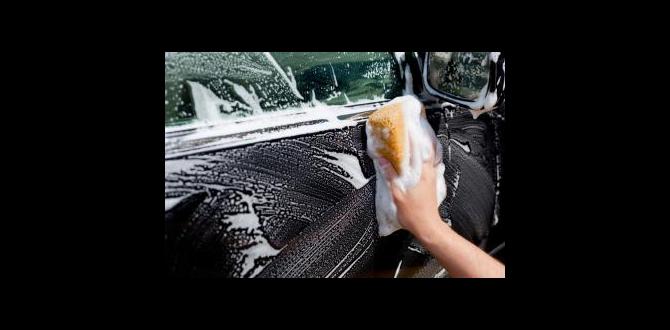
Preparing the car for cleaning
Before you start cleaning your car, it’s important to prepare the surface properly. This involves finding a shaded area, rinsing off loose dirt, and removing any stuck-on debris.
Additionally, consider using a pre-wash treatment to dissolve stubborn grime and make the cleaning process easier. Pre-wash treatments help break down dirt and allow for a safer and more successful car wash.
Washing the car
Proper car washing technique is vital to prevent scratching or damaging the paintwork. Begin by using a dedicated car washing soap and a microfiber wash mitt or sponge.
Start from the top of the car and work your way down, rinsing the mitt or sponge regularly. This ensures that the dirt is lifted away and not rubbed into the paint.
Drying and polishing the car
After washing, thoroughly dry your car using high-quality microfiber towels. This prevents water spots and streaks from forming. Pay extra attention to the windows, mirrors, and trim.
Once dry, consider applying a polish or wax to protect and enhance your car’s paintwork. Polishes help remove any surface imperfections, while waxes provide a protective barrier against UV rays and contaminants.
Interior Car Cleaning: A Clean and Fresh Interior
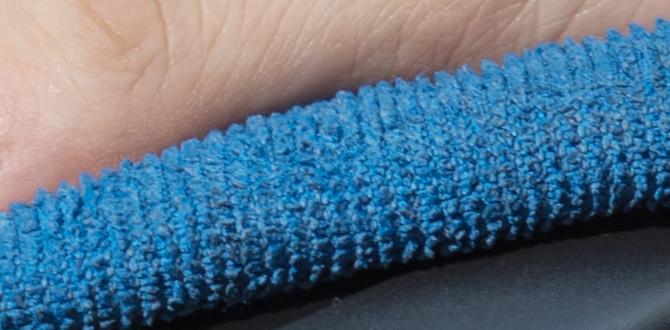
Removing clutter and trash
Start by removing any clutter and personal belongings from the car. Dispose of any trash and organize the remaining items.
This step allows you to prepare the interior for a thorough cleaning and prevents dirt and debris from getting in the way.
Vacuuming the interior
Using a vacuum cleaner with appropriate attachments, thoroughly vacuum the interior of your car.
Pay close attention to the seats, floor mats, and hard-to-reach areas such as seat crevices and air vents. Regular vacuuming helps to eliminate dust, dirt, and debris, leaving your car’s interior looking fresh.
Cleaning the upholstery and carpets
To clean the upholstery and carpets, use a suitable interior cleaner and an upholstery brush.
Apply the cleaner to the surfaces and gently scrub with the brush to remove any stains or dirt. Wipe away any excess cleaner with a clean, damp cloth, and allow the surfaces to dry completely.
Cleaning the dashboard and console
The dashboard and console tend to accumulate dust, fingerprints, and grime. To clean these areas, use a specialized interior cleaner and a microfiber cloth.
Gently wipe the surfaces, paying attention to buttons, knobs, and vents. For hard-to-reach areas, use a soft brush or a cotton swab. Ensure the cleaner is suitable for your car’s materials to avoid any damage.
Car Detailing: Taking Cleaning to the Next Level
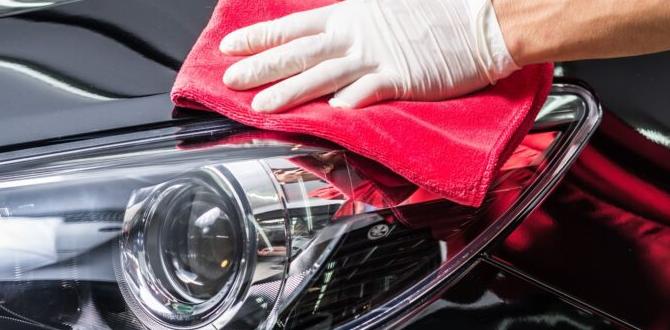
Cleaning the wheels and tires
The wheels and tires are often neglected during regular car cleaning. Use a wheel cleaner and dedicated brush to remove brake dust, dirt, and grime.
Additionally, apply a tire shine product to make your tires look new and protect them from cracking or fading due to UV exposure.
Polishing and waxing the car
After thoroughly cleaning the exterior, consider applying a polish or wax to enhance your car’s shine and protection.
Polishes help remove any swirl marks or light scratches, while waxes provide a sacrificial barrier against environmental contaminants and provide a glossy finish.
Cleaning and treating the windows and mirrors
To achieve crystal-clear windows and mirrors, use a glass cleaner and lint-free microfiber cloth.
Spray the glass cleaner evenly on the surfaces and wipe in a circular motion until all streaks and smudges are removed. For added clarity and rain resistance, you can also use a glass sealant.
Maintaining a Clean Car: Tips and Tricks
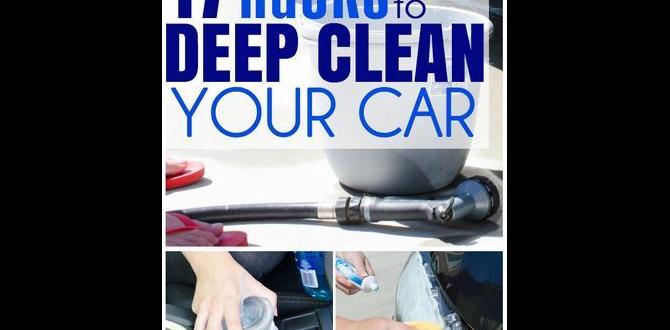
Regular cleaning schedule
Maintaining a regular cleaning schedule helps prevent dirt, grime, and stains from building up. Set aside dedicated time every week or month to keep your car looking its best.
By incorporating regular cleaning into your routine, you’ll find it much easier to maintain your car’s cleanliness in the long run.
Cleaning tips and tricks for different surfaces
Every car has unique surfaces that require specific cleaning methods. Research and learn the best practices for cleaning your car’s delicate materials or seek professional advice.
Using the correct techniques and products ensures effective cleaning without causing any damage or discoloration.
Conclusion
By following the tips and techniques shared in this comprehensive car cleaning guide, you’ll be able to achieve a showroom-worthy vehicle that looks and feels brand new.
Remember, regular cleaning, using high-quality products, and paying attention to detail are key to keeping your car in pristine condition. Take pride in your vehicle and enjoy the benefits of a clean and well-maintained ride.
Frequently Asked Questions
1. How often should I clean my car?
Cleaning your car on a monthly basis is recommended to maintain its cleanliness and protect the paintwork. However, you can clean it more frequently if you live in an area with high pollution or if it gets particularly dirty.
2. Can I use household cleaning products?
Household cleaning products may contain chemicals that are too harsh for your car’s surfaces. It’s best to use car-specific cleaning products to ensure gentle and effective cleaning without causing any damage.
3. Is it necessary to wax my car?
Waxing your car provides additional protection against UV rays, contaminants, and minor scratches. It also enhances the overall appearance of your car by adding depth and shine to the paint. While not mandatory, waxing is highly recommended for maintaining your car’s beauty.
4. Can I use a pressure washer to clean my car?
Using a pressure washer can be effective for removing dirt, but it should be used with caution. High-pressure water can damage delicate parts of your car if not used correctly. Follow the manufacturer’s instructions and maintain a safe distance while using a pressure washer.
5. How do I prevent water spots on my car?
To prevent water spots on your car after washing, thoroughly dry the surface using microfiber towels. Pay close attention to areas prone to water accumulation, such as windows and mirrors. Additionally, consider using a spot-free rinse, which helps minimize water spots by reducing mineral deposits.